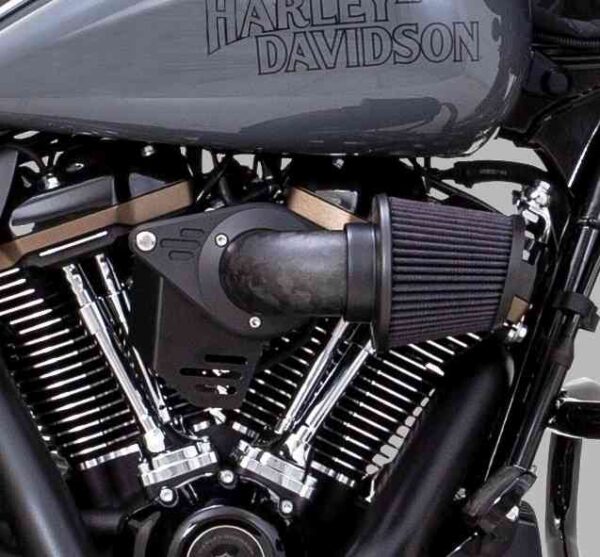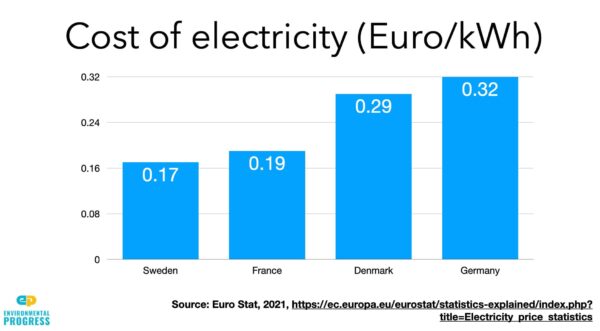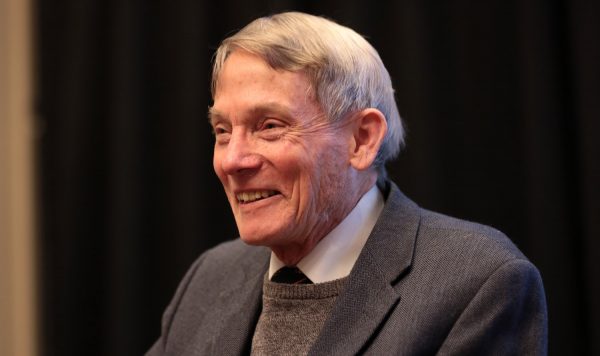Reflections on Earth Day
An Alternate Perspective by Alex Epstein While there are no perfect metrics of the world’s livability from a human flourishing perspective, three excellent ones are average life expectancy, average income, and total population… If today’s narrative about fossil fuels destroying our delicate, nurturing planet were true, then a chart of fossil fuel use, life expectancy, income, and population would be a sad story. As fossil fuel use went up, life expectancy would go down as fossil fuels depleted the Earth of nourishment and created myriad new dangers. Income would also go down as resources became scarce—and the scarcity would become worse and worse if population went up. But when we look at an actual chart of these metrics of a livable world, we see that these metrics are going up in an unbelievable “hockey stick” that exactly correlates with fossil fuel use, including the CO2 emissions that are supposedly destroying our world… Read this in detail at Bikernet.com website by clicking here
Reflections on Earth Day Read More »







